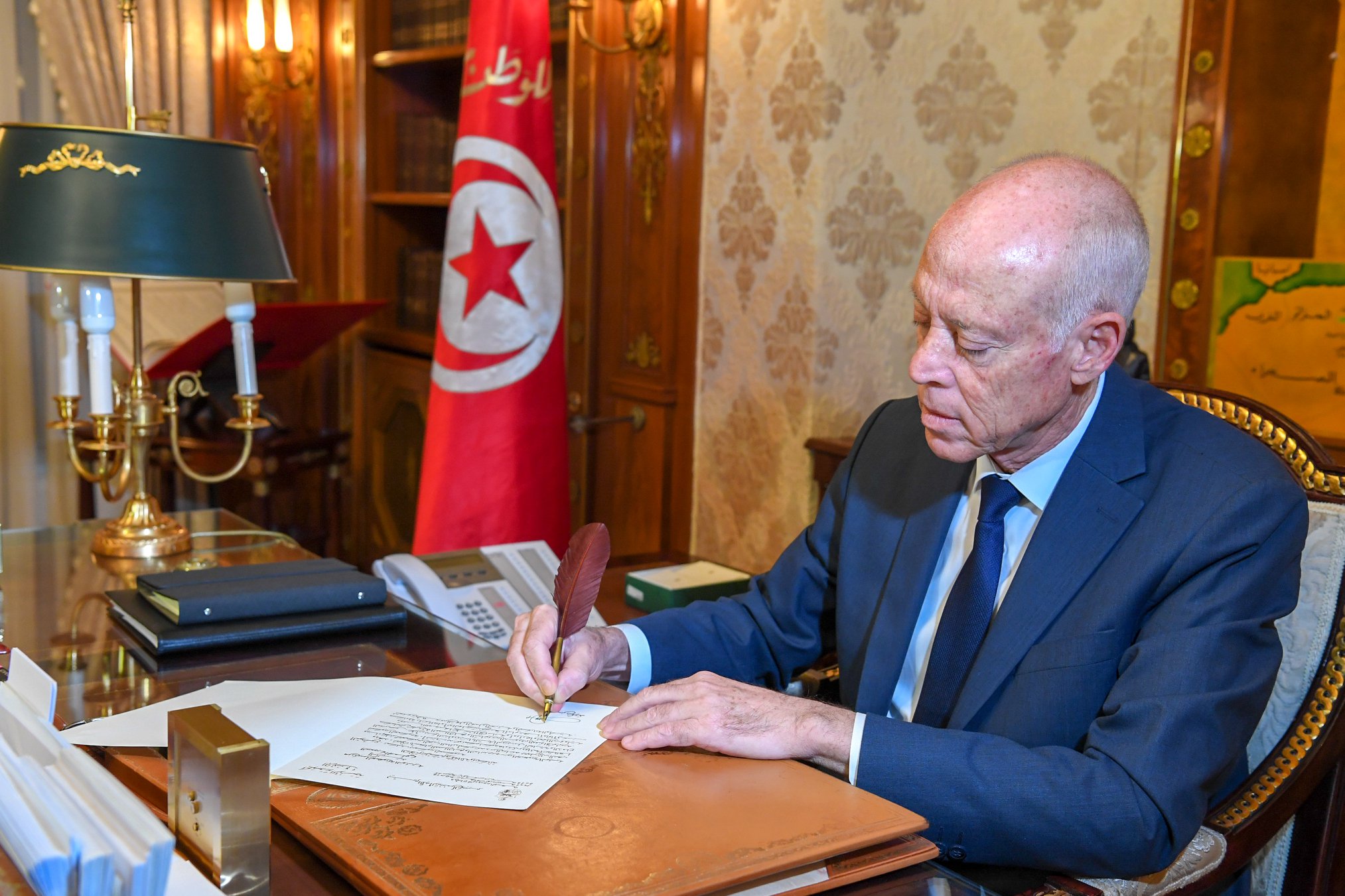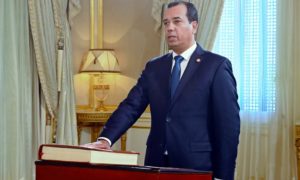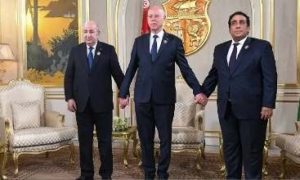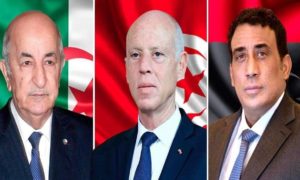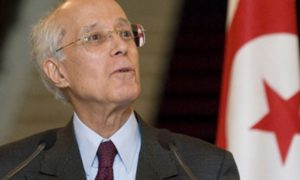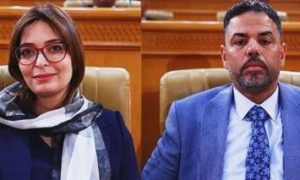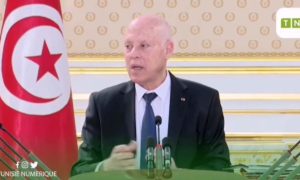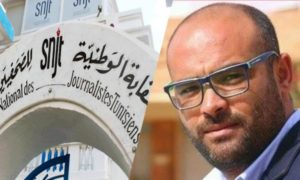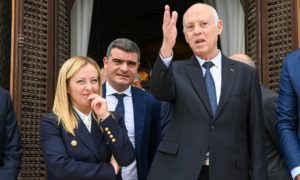Tunisia’s president has become a surprise champion of Arabic calligraphy, shining a light on the artistic tradition as Arab states lobby for its recognition by UNESCO, the Agence-France Presse reported.
President Kais Saied, who had studied with well-known Tunisian calligrapher Omar Jomni, sparked a debate over social media as images emerged of hand-written presidential letters on official paper not long after he took office in October last year.The presidency later released a video showing him writing in a guest book to prove that Saied had penned the documents himself.
The president “writes official correspondence in maghrebi script and private letters in diwani”, Jomni said, referring to two forms of Arabic calligraphy. The president’s “recognition” of calligraphy has warmed artists’ hearts, Jomni said, giving them hope for a brighter future for an art form that was like “a closed book”.
Today, following the 2011 revolution, a young generation of calligraphers is calling for a reinvention of the art form to reflect the spirit of the times — “so that it doesn’t get rusty and outdated”, Karim Jabbari told AFP. The artist in his thirties is known internationally for his large-scale calligraphy works, often created with light using long-exposure photography, or in mural form.
“There are not enough professional calligraphers in Tunisia,” said calligraphy master Jomni, who is in his sixties. You can count them on one hand and they are working in precarious conditions.”
Sixteen Arab countries, including Tunisia, Egypt, Iraq and Saudi Arabia, have prepared a proposal to have Arabic calligraphy inscribed on the UNESCO list of humanity’s intangible cultural heritage.
It’s a chance to consider calligraphy “as a whole culture and living heritage… and not just as a simple technical skill”, said Imed Soula, a researcher overseeing Tunisia’s submission to the UN cultural body.
He said Tunisia’s fading calligraphy practice, which traditionally saw artists tackle surfaces like copper or stone, was also linked to the growing use of new technologies, some of which have moved it away from its performing-art dimension.
Source:AFP
What's happening in Tunisia?
Subscribe to our Youtube channel for updates.



